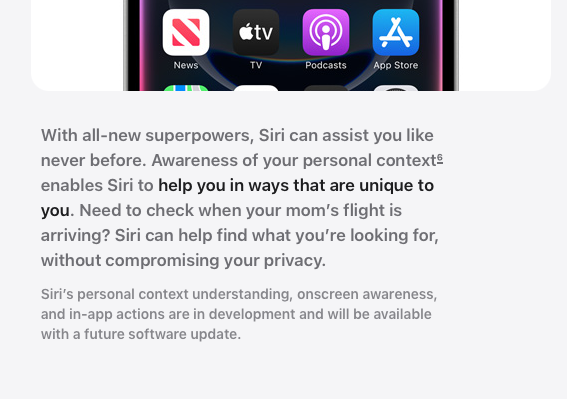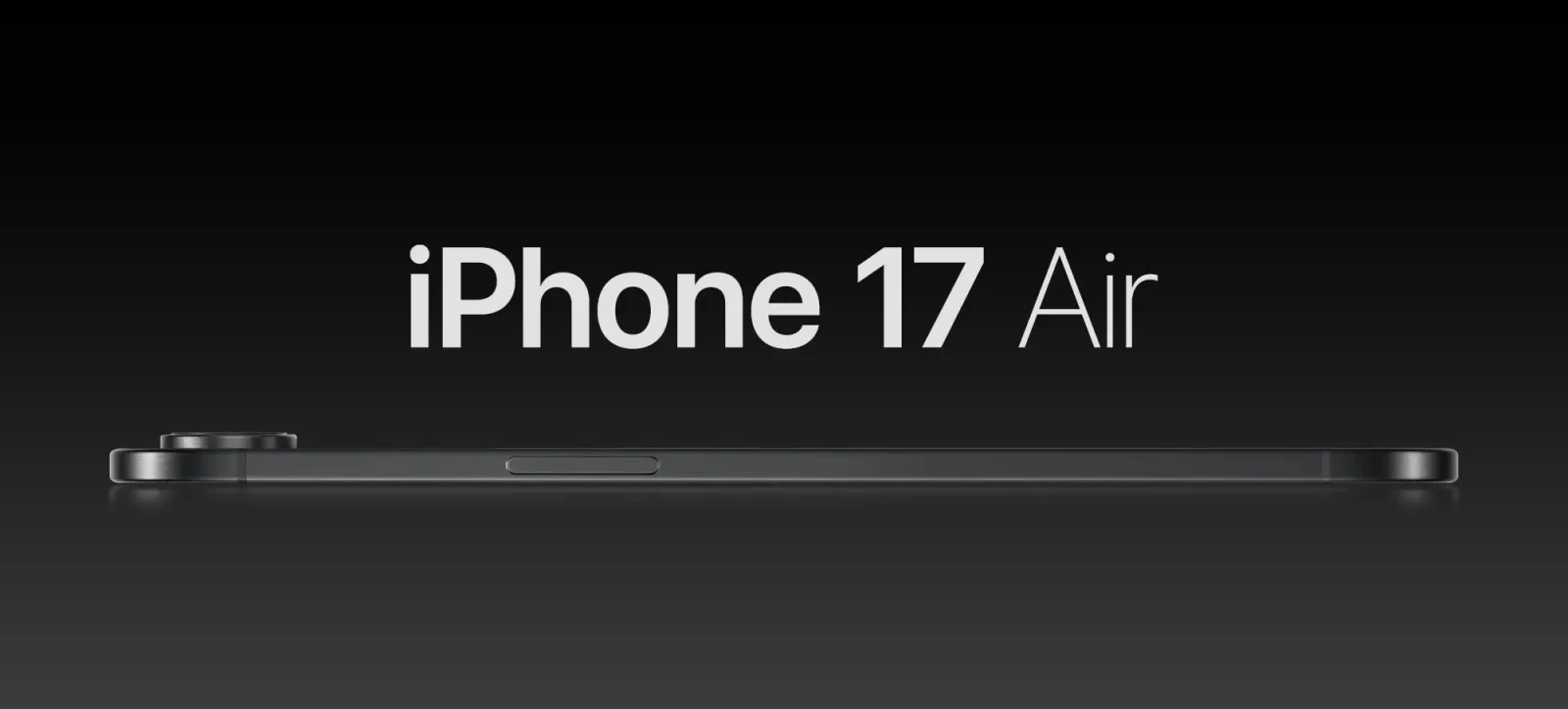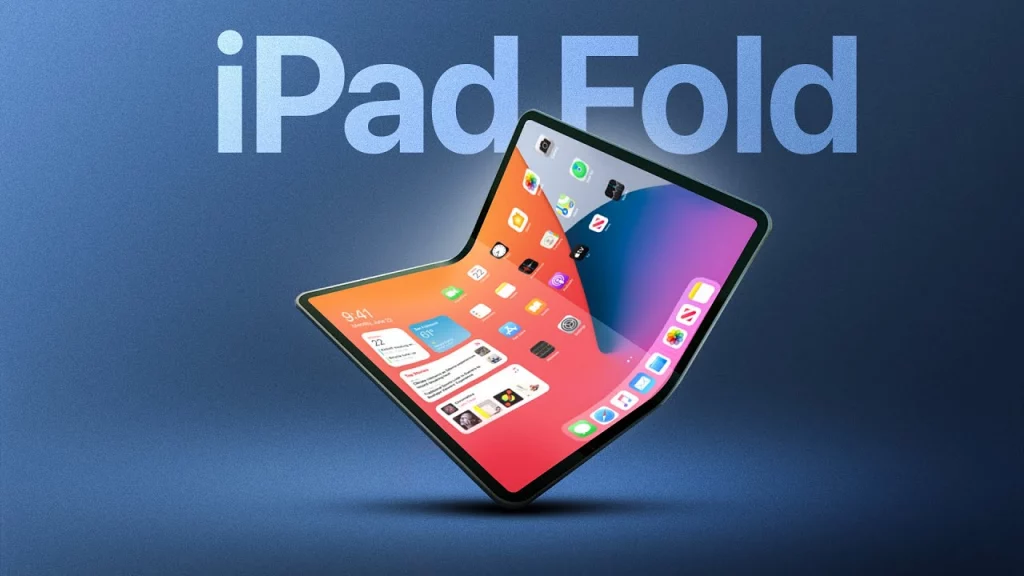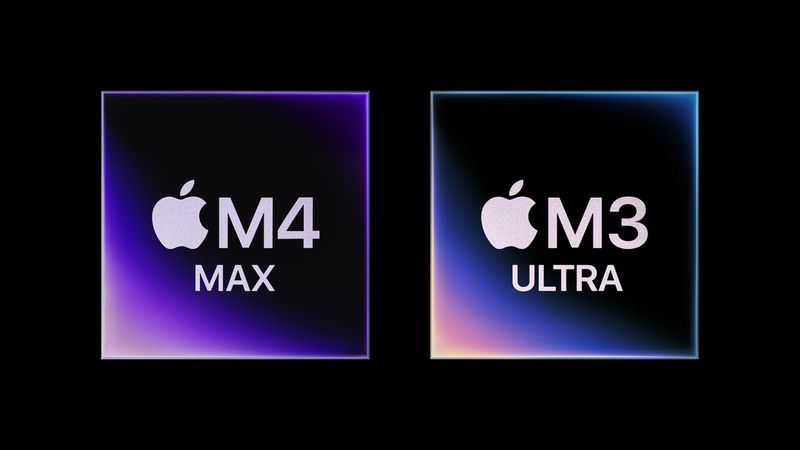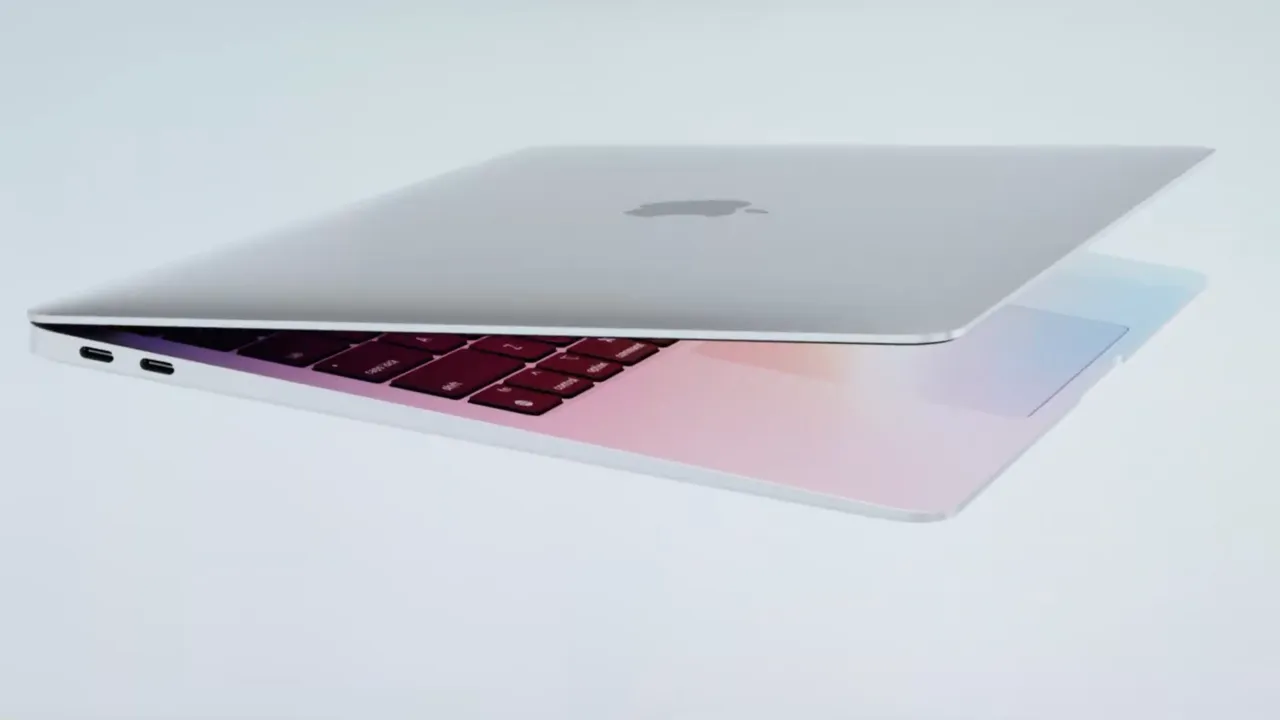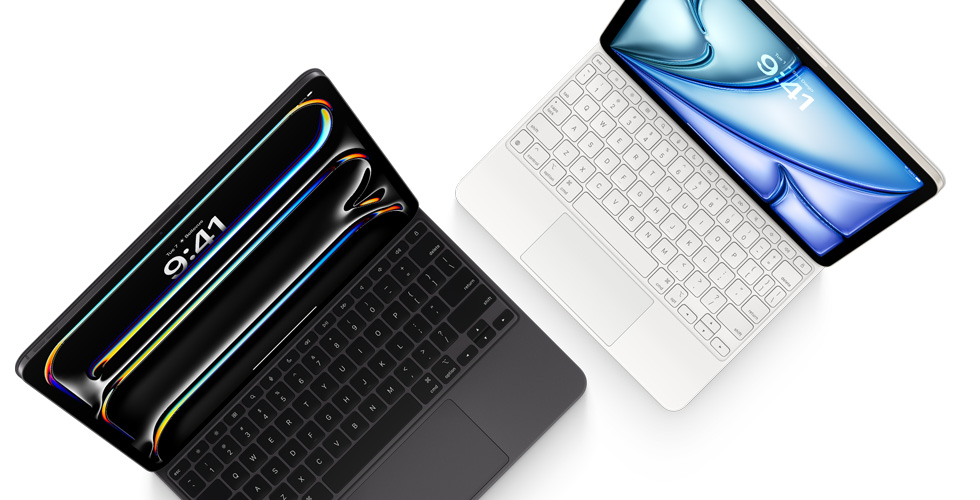Apple Music Classical, which recently added support for CarPlay, is now reaching another exciting platform. As of today, you can enjoy Apple Music Classical right from your web browser for the first time.
In a statement shared today, Anjali Malhotra, the Global Director of Apple Music Classical, explained:
“Apple Music Classical keeps growing and finding new ways to connect amazing musicians and their work with fans everywhere, all in one place. With the web version now live, people who love listening on their computers can explore over 5 million songs and 50 million details about classical music.”
Unlike the regular Apple Music service, Apple Music Classical is built just for classical music fans. It comes with special features, a smart design, and tools like expertly picked playlists, a search made for classical tunes, and more.
With Apple Music Classical, it’s simple to find any piece in the world’s biggest classical music collection. The search lets you look up songs by composer, title, conductor, orchestra, instrument, or opus number. Plus, it offers top-notch sound quality with high-resolution lossless audio and immersive Spatial Audio, bringing your favorite classics to life in a fresh way.
You’ll also find carefully chosen playlists, detailed composer stories, and over 50,000 booklets with deep notes and translations. It even has the only worldwide classical music chart, making it the go-to spot for classical music lovers. You can grab the Apple Music Classical app from the App Store. The service comes with a regular Apple Music subscription or as part of the Apple One package.


